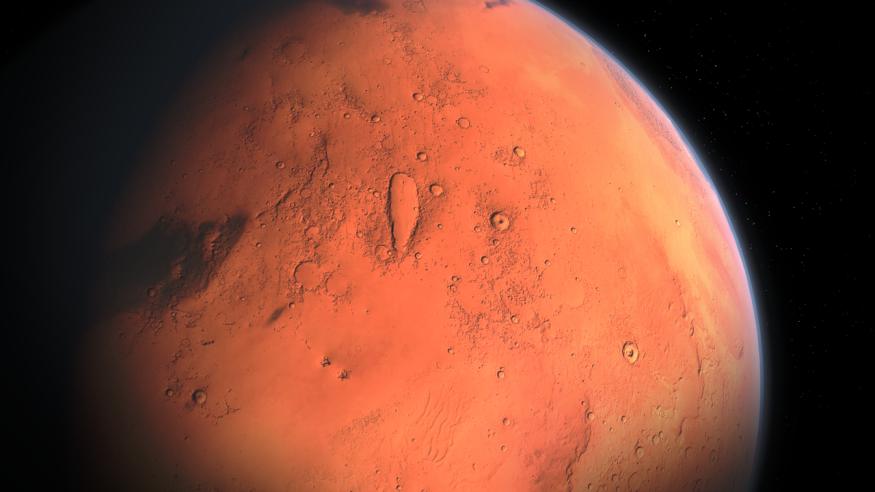Mars is the fourth planet from the Sun in our Solar System and the most explored one compared to Venus, Jupiter, and other related celestial bodies in our cosmic neighborhood.
For decades, the Red Planet has captured the imagination of people. The urge to explore Mars is evident in pop culture such as films and the drive from long-lasting scientific inquiry amongst astronomers in NASA and other space agencies, as well as space enthusiasts.
Our curiosity about the Martian landscape is mainly caused by its resemblance to the environment on Earth, making it a potential host for life, both in the past and future. Other theories suggest that Mars once had a conducive atmosphere and biosphere, which allowed at least microscopic life to survive.
In recent years, astronomers also found evidence of the existence of water on the planet. However, no sentient life has ever been found, just like across the universe.
Did NASA Destroy Life on Mars?

To understand the geologic and climatic history of Mars, NASA's Viking Project allowed the United States' first safe landing of a pilotless spacecraft on the surface of Mars during the 1970s. Since then, NASA, the European Space Agency, the Indian Space Research Organization, and Russia's Roscosmos have sent spacecraft to the Martian orbit, with only the U.S. being the only reported one to successfully operate on the Marian surface.
Now, the feat made by NASA's Viking Program 50 years ago apparently made an unintentional impact on the Red Planet. This comes as a German scientist Dirk Schulze-Makuch, an astrobiology professor at the Technical University Berlin, reportedly claimed that the U.S. space agency's Viking mission accidentally destroyed life on Mars, according to multiple reports.
Although the Viking spacecraft landed and returned images of Martian soil and rocks back to Earth, it also allegedly caused the demise of life on the Red Planet. Based on Schulze-Makuch's claim, NASA's operations on Mars' surface may have overwhelmed living microbes at that time. In particular, the space agency's infusion of water with nutrients and radioactive carbon onto Martian sediment.
Viking Program
NASA sent the Viking 1 and Viking 2 as a pair of landers and orbiters that were launched in 1975 and landed on Mars in 1976. The Viking Program allowed the global mapping of the Red Planet upon examining its surface, according to The Planetary Society organization. This was made possible as the Viking orbiters had high-resolution cameras, allowing us to see our neighboring planet for the first time.
Prior to the arrival of the Viking Project on Mars, the Soviet Union (Russia) in 1971 was able to send its Mars 3 spacecraft, which landed on the Martian surface but communication with it ended in less than 2 minutes after its touchdown, the said non-profit organization revealed.
Despite the potential demise of microbial life on Mars, it is still unclear if their presence was annihilated or not.
Related Article: Radiation on Mars Makes Any Signs of Life Likely Buried 6 Feet Under
© 2025 NatureWorldNews.com All rights reserved. Do not reproduce without permission.





